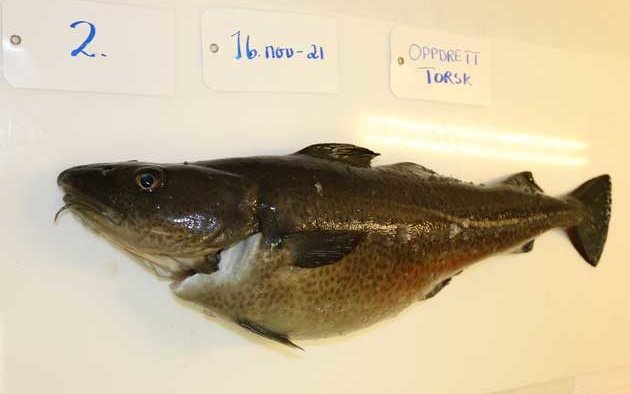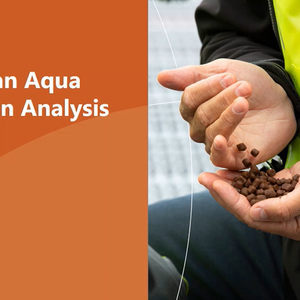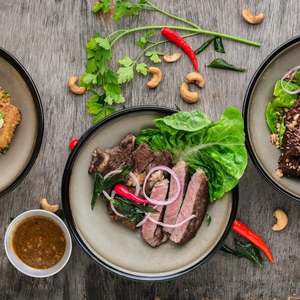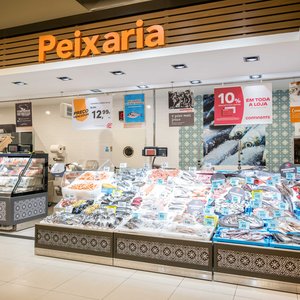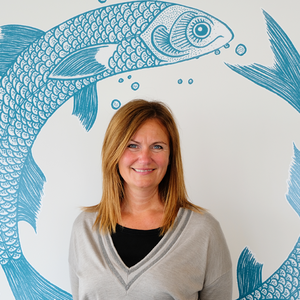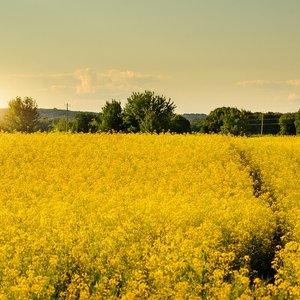It can cost between NOK 40 and 43 (USD 4.09-4.40) per kilogram of round weight to farm a cod until it is ready for harvest. “A profitable industry requires either high prices for wild cod, or that cod farming actors are able to differentiate farmed cod from wild so that one can justify production costs in terms of market price,” said Morten Heide, market researcher at Nofima. He has led the work on the recent report, which highlights the potential of farmed cod – quality, market perception and economy. Eleven Nofima scientists with different professional backgrounds have compiled the report.
There are no major issues in terms of quality, and the market seems to welcome farmed cod. Economically important parameters, such as slaughter weight, mortality rates and sexual maturation, have been significantly improved through initiatives such as the breeding programs and better knowledge among the fish farmers about raising fish.
Five generations of farmed cod have been produced at the Aquaculture Research Station in Tromsø. The sixth-generation is being raised at the Center for Marine Aquaculture, which Nofima runs on behalf of the Ministry of Trade, Industry and Fisheries. Over the course of five or six generations of breeding, cod thrives, grows well, and no longer escapes. Fifth-generation cod have better characteristics in terms of survival, growth and behavior than has been the case for previous generations of farmed cod.
“Biologically speaking, farmed cod are therefore ready for commercial operations,” said Øyvind Hansen. He is head of the cod breeding program at Nofima.
Bioeconomic model
There are very few available economic studies related to cod farming. Since there are few commercial actors currently engaged in cod farming, there are no statistics on production costs. Therefore, scientists had to resort to a bioeconomic model of a production cycle to calculate these costs. The model is based on several conditions with varying degrees of uncertainty.
“We calculate the sum of fixed and variable costs during the production period in order to estimate the average costs per kilogram of cod produced. The largest variable costs are associated with feed, slaughter and packing costs. We have estimated average production costs to be NOK 40-43 per kilogram of round weight, and this includes slaughter, packing and capital commitment costs,” said scientist Ekaterina Nikitina.
Better conditions than ten years ago
Although the scientists are currently uncertain about the profitability of cod farming, they see significantly better conditions now than when cod farming in Norway came to a complete standstill eight to ten years ago. The previous generation of farmed cod achieved an average weight of 3.85 kilograms in 22-23 months. Ten years ago, only a very small percentage of the farmed cod achieved this weight.
“Less feed is required than before, which reduces the largest cost item in cod farming, and there is better knowledge about light regimes which means that one avoids the negative effect of sexual maturation. This reduces the costs for the cod farmers,” said Nikitina.
The development has also given cod farmers better conditions for the stable production of fish over two kilograms. This weight class achieves the best market prices. The mortality rate of farmed cod also appears to have decreased, which improves the economic side of things. Nofima’s most recent production had a mortality rate of approximately 14%, which was significantly higher ten years ago.


